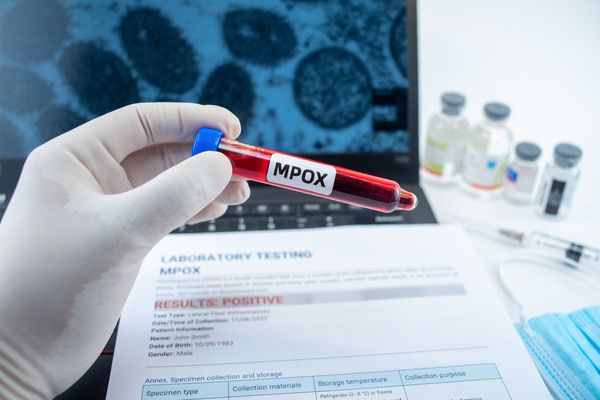
The peperoncini I buy from the market remind me of little red beetles. What’s more, they go by the name peperoncini diavolicchi (little devils), so I am waiting for the day they scuttle from the chopping board, giggling as they do so. Grown in Calabria, this variety is 2-3cm long, smooth and cone-like on the plant, but drying causes the fruits to shrink (hence the resemblance to a small beetle or red raisin), and be on the rascally, rather than demonic side of devilish, so a pleasant amount of heat.
Peperoncini, like all chillies, belong to a genus of the nightshade family called Capsicum, all of which are native to central and south America, and the Caribbean. There are thousands of cultivars of capsicum, five of them widely cultivated, which between them gives us habanero, scotch bonnet, ají amarillo, tabasco pepper, cayenne, poblano, jalapeño and bell peppers, to name just a few. All cultivars contain capsaicin, a lipophilic chemical that produces a sensation of burning, a quality that was harnessed and fundamental in native American medicine.
The amount of capsaicin in capsicums varies wildly, from not appreciable to huge. This is why, in 1912, the American pharmacist Wilbur Scoville devised a method by which he could measure the piquancy, or “heat”, of chillies and other foods. This initially involved mixing the dried extract variously in sugar solutions for a panel of tasters. These days, however, high-performance liquid chromatography recognises capsaicinoid concentration, although Scoville is still recognised in the measure Scoville Heat Units (SHU).
The SHU scale is entertaining, often presented as a temperature gauge chart that starts with “mild flicker” and rises feverishly through “hot” to “spicy”, passing “very” and “really” before reaching a “fire-eating” and “hellish extreme”, at which point you release endorphins, apparently. According to the website, peperoncini diavolicchi (my beetles) are around 30,000 SHU, so the second lowest reading on the chart and mild hot. While the magnificent scotch bonnet has a rating of 125,000+, habanero 250,000+ and Carolina reaper more than a million.
Meanwhile, and a reminder how different members of the same family can be, the two red peppers on the counter, also capsicums, have a recessive gene that means they don’t produce appreciable capsaicin. A zero rating on the Scoville scale, they are also beautiful with deep red curves, thick walls and savoury-sweet, crisp flesh. They are also great transformers, going from crisp to velvet sauce in about 20 minutes.
The other thing about the red beetle proportions of peperoncini diavolicchi is that each one is a single serving size. That said, pleasant for some is both extreme or laughable to others, so a chart is useful only up to a point. The most suitable type is the variety you have, and the right quantity of it: quanto basta (or how much is enough), which is both a question and an assumption that you already know.
Pasta with red peppers and ricotta
Serves 4
2 large red peppers
1 large red onion
Olive oil
Salt
Red chilli flakes, quanto basta
200g ricotta
2 tbsp grated parmesan
2 tbsp milk
500g pasta, such as penne, mezze maniche, rigatoni, paccheri, fusilli
Cut the peppers into two wide strips, then pare away the seeds and pith. Peel, halve and slice the onion into arcs.
Put the peppers, onion, six tablespoons of olive oil, a pinch of salt and dried red chilli to taste in a frying pan on a medium-low heat and fry, stirring, until the peppers and onion start to soften. Cover and leave to cook until both are really soft. Tip the peppers and onion into a bowl, use an immersion blender to blend them to a silky paste, then tip back into the pan.
In a bowl, beat the ricotta, parmesan and milk until they form a soft cream. Cook the pasta in salted boiling water until al dente, then, using a spider sieve, lift it directly into the pepper sauce over a low heat. Toss gently, then divide between bowls and top each serving with a spoonful of the ricotta mix.







